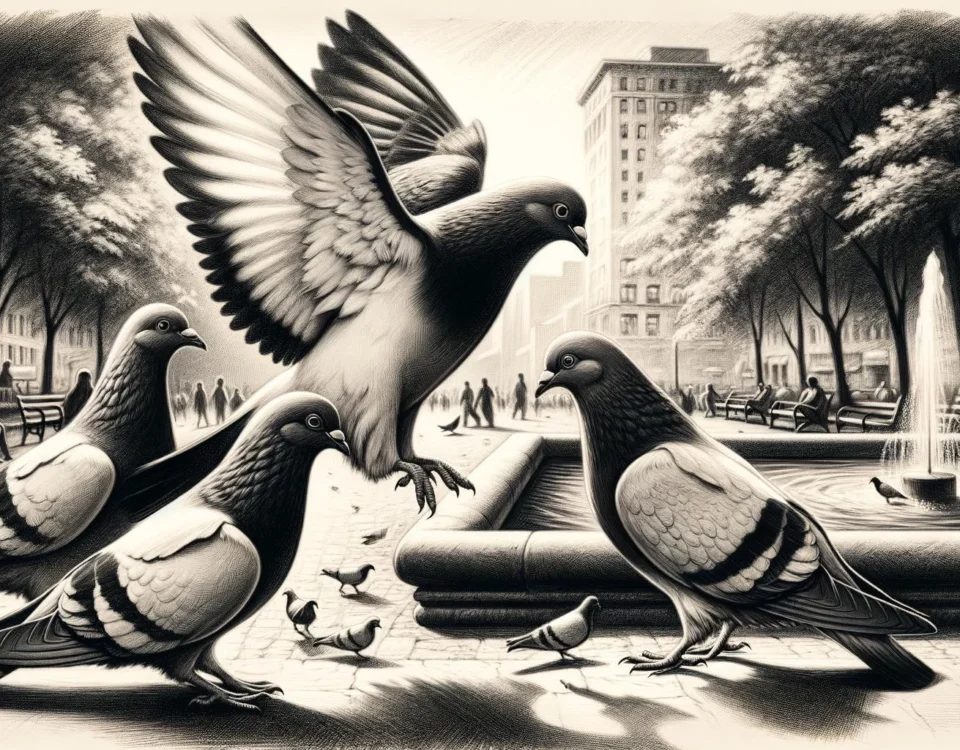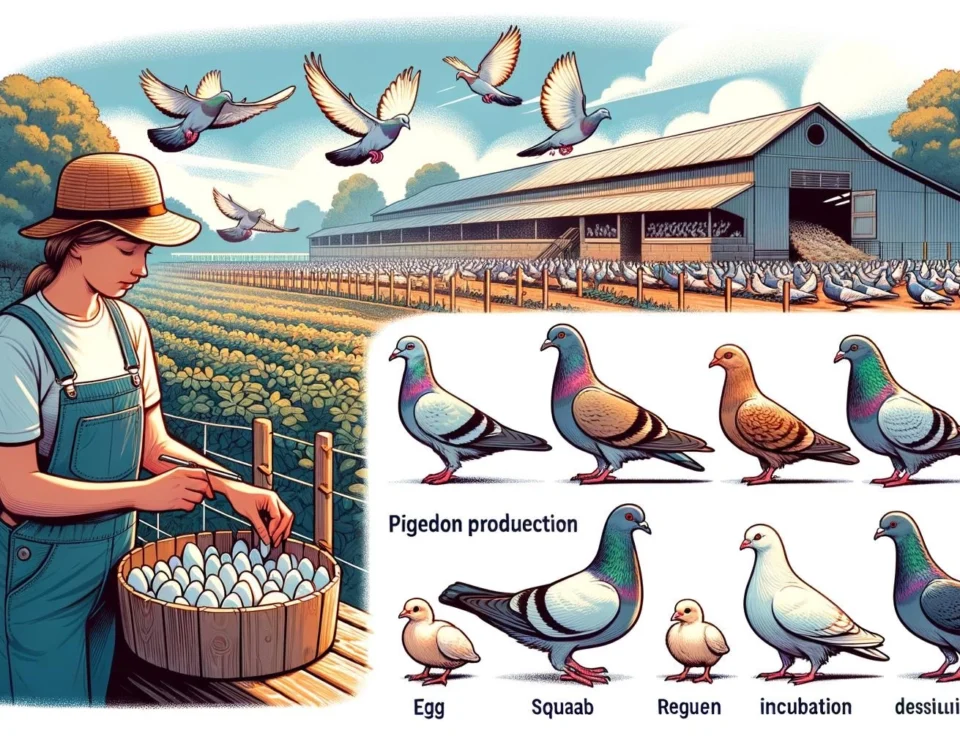Utility pigeons, also known as racing pigeons or homing pigeons, are a specific breed of pigeon that has been selectively bred for their homing ability and endurance in long-distance flights. These pigeons are often used for racing or messenger services. However, like any other living organisms, utility pigeons are susceptible to various diseases that can impact their health and performance. In this article, we will explore some of the common diseases that utility pigeons may encounter.
Key Takeaways
- Coccidiosis is a parasitic disease that affects the digestive system of pigeons and can be fatal if left untreated.
- Mycoplasma is a bacterial infection that can cause respiratory issues in pigeons.
- Trichomoniasis, also known as canker, is a protozoan infection that affects the upper digestive tract of pigeons.
- Hexamitiasis is a gastrointestinal disease caused by a protozoan parasite called Hexamita.
- Other diseases that can affect utility pigeons include respiratory infections, Chlamydia infection, and ornithosis.
Coccidiosis
Coccidiosis is a parasitic disease caused by the protozoan parasites of the genus Eimeria. This disease primarily affects the digestive system of pigeons. Utility pigeons can become infected with coccidiosis by ingesting oocysts (parasite eggs) from contaminated food, water, or surfaces. Once inside the pigeon’s digestive system, the parasites multiply and damage the intestinal lining, leading to inflammation, reduced appetite, weight loss, diarrhea, and, in severe cases, death.
Preventing coccidiosis in utility pigeons involves maintaining clean and hygienic loft conditions, providing fresh and uncontaminated food and water, and regularly disinfecting the loft and equipment. Proper medication can be administered to treat infected pigeons, and certain antiparasitic drugs may also be used to control the spread of coccidiosis within a flock.
Mycoplasma
Mycoplasma is a group of bacteria that can cause respiratory infections in pigeons, known as mycoplasmosis. Mycoplasma gallisepticum (MG) and Mycoplasma columbinum (MC) are two common species that affect pigeons. Infected pigeons may exhibit symptoms such as nasal discharge, sneezing, wheezing, difficulty breathing, decreased appetite, and reduced performance.
Preventing mycoplasma infections involves good hygiene practices, such as regular cleaning and disinfection of the loft, proper ventilation, and avoiding overcrowding. Infected pigeons can be treated with appropriate antimicrobial medications prescribed by a veterinarian. It is important to note that certain strains of mycoplasma may become resistant to some antibiotics, so targeted treatment based on sensitivity testing is recommended.
Trichomoniasis (Canker)
Trichomoniasis, commonly known as canker, is a protozoan infection caused by the parasite Trichomonas gallinae. This disease primarily affects the upper digestive tract, including the throat and crop, of pigeons. Infected pigeons may exhibit symptoms such as yellowish plaque in the mouth and throat, difficulty swallowing, weight loss, and regurgitation of food.
Preventing and controlling canker involves maintaining good loft hygiene, separating infected birds from healthy ones, and treating infected pigeons with appropriate medications. Regular screening and testing of birds is important to identify and isolate infected individuals to prevent the spread of the disease within the flock.
Hexamitiasis is another gastrointestinal disease that can affect utility pigeons. This disease is caused by the protozoan parasite Hexamita, specifically Hexamita columbae. Infected pigeons may show symptoms such as weight loss, poor growth, diarrhea, and anorexia.
Treatment of hexamitiasis involves administering anti-protozoal medications prescribed by a veterinarian. Additionally, maintaining good loft hygiene, providing clean and uncontaminated food and water, and avoiding overcrowding can help prevent the spread of the disease.
Other diseases that can affect utility pigeons include respiratory infections, Chlamydia infection (ornithosis), and ornithosis (a bacterial infection caused by Chlamydophila psittaci). These diseases can cause a range of symptoms, including respiratory distress, sneezing, coughing, nasal discharge, and general malaise. Proper diagnosis and treatment by a veterinarian are essential for managing these diseases effectively.
In conclusion, utility pigeons are vulnerable to various diseases that can impact their health and performance. Maintaining good loft hygiene, practicing effective preventive measures, and promptly treating any detected infections are crucial for ensuring the well-being and optimal performance of utility pigeons.









